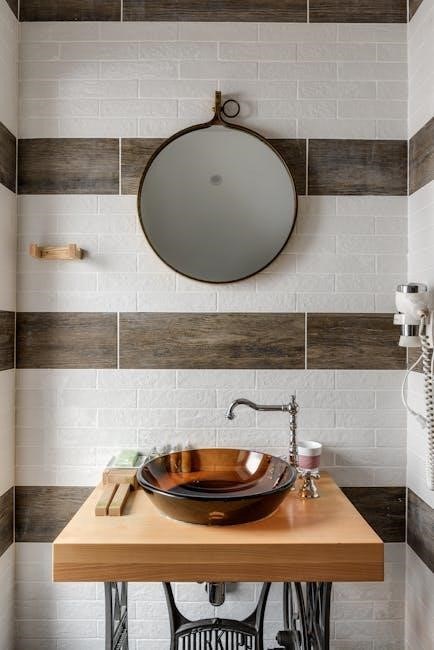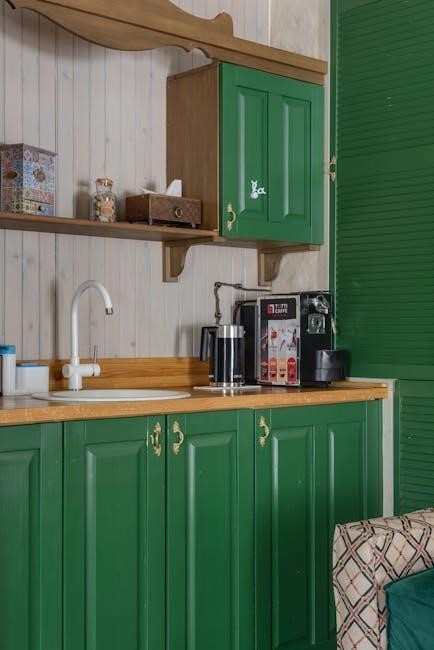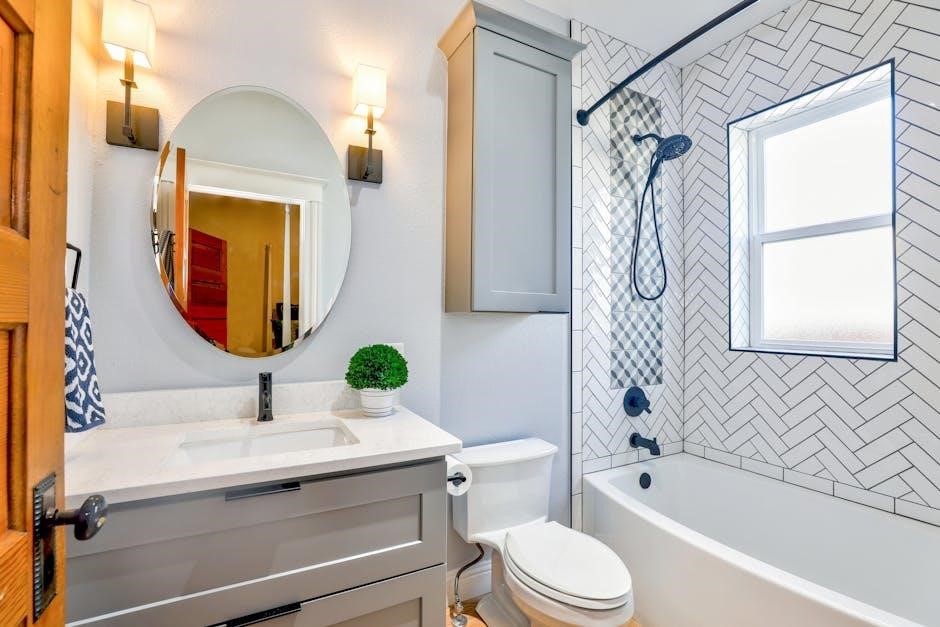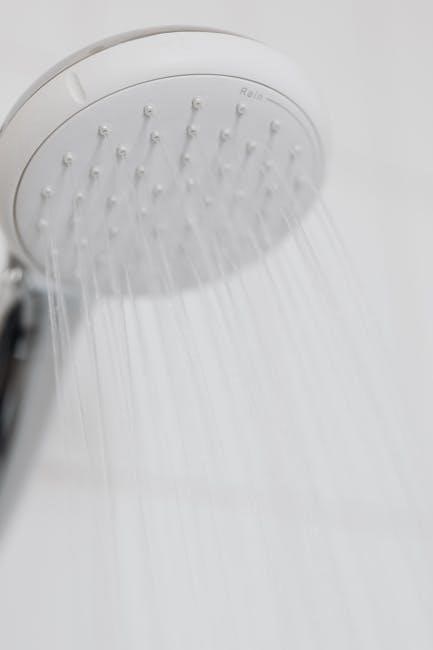
basics of plumbing pdf
Basics of Plumbing PDF: A Comprehensive Overview
Delve into the world of plumbing with our comprehensive PDF overview. This section introduces fundamental concepts, providing a solid foundation for beginners and a valuable resource for experienced individuals seeking to refresh their knowledge. Explore essential principles, systems, and materials used in modern plumbing practices.
Free Plumbing Textbook Downloads
Unlock a wealth of plumbing knowledge with our selection of free plumbing textbook downloads. Resources such as the BPEC Charity textbook offer comprehensive theory units, covering learning outcomes for Level 1 and Level 2 Plumbing Foundation and NVQ learners. These downloadable PDFs provide accessible information without registration.
Dive into valuable insights on plumbing principles, systems, and materials. Enhance your expertise with guides suited for beginners and experienced DIYers. Explore topics like water supply, waste systems, and essential plumbing techniques.
This allows you to enrich your knowledge in this field. Benefit from resources that can be accessed for free, expanding your understanding of plumbing. Start your journey today and delve into the world of plumbing with our curated collection of PDF books. Access valuable information and enrich your knowledge.
Plumbing Engineering Design Handbook (ASPE)
The ASPE Plumbing Engineering Design Handbook is an indispensable resource for plumbing professionals. This handbook offers comprehensive details on accepted practices and design criteria used in the field of plumbing engineering. Encompassing numerous chapters across multiple volumes, it provides in-depth coverage of plumbing design principles.
It serves as a basic reference text for professionals, offering guidance on various aspects of plumbing engineering. It covers topics from water supply and waste systems to fixture selection and pipe sizing. The handbook is a definitive source for engineers and designers.
New additions and updates ensure the handbook remains current with industry standards. Whether you are a seasoned professional or a student, the ASPE handbook is an invaluable tool for mastering plumbing engineering design. It is your go-to resource for accurate and authoritative information.
Plumbing for Dummies Guide
The “Plumbing For Dummies” guide is the perfect resource for individuals looking to tackle plumbing issues with confidence. This comprehensive guide breaks down complex plumbing concepts into simple, easy-to-understand steps, making it accessible for beginners. It also serves as a handy reference for experienced DIY enthusiasts.
It covers a wide range of topics, from basic repairs to more advanced projects, providing clear instructions and helpful illustrations. Learn how to fix leaky faucets, unclog drains, and install new fixtures with ease. The guide offers practical advice and troubleshooting tips to help you avoid common mistakes.
With “Plumbing For Dummies,” you can save money by handling minor plumbing repairs yourself. Gain the knowledge and skills necessary to maintain your plumbing system and prevent costly damage. This guide empowers you to take control of your home’s plumbing with confidence and expertise.
Basic Plumbing Systems Overview (Short Term Training)
This section offers a concise overview of basic plumbing systems, designed for short-term training purposes. It introduces the essential components and functions of plumbing systems, focusing on practical knowledge and skills. It is used for transporting water and waste through pipes and fittings. Plumbing is essential to buildings.
Explore the different types of pipes and fittings commonly used in plumbing, including their materials and applications. Learn about water supply systems, waste drainage systems, and venting systems, understanding how they work together to ensure efficient and safe operation. It also emphasizes the importance of water conservation.
This overview provides a foundation for further study in plumbing. It equips participants with the basic understanding needed to perform simple plumbing tasks and to assist experienced plumbers. The training covers pipe sizing, materials, and guidelines, as well as safety practices.

Essential Plumbing Principles
Understanding essential plumbing principles is crucial for anyone working with water and waste systems. This section delves into the fundamental concepts that govern how plumbing systems function, ensuring efficient and safe operation. Key principles include gravity, pressure, and flow, which dictate the movement of water and waste through pipes.
Explore the importance of proper venting to prevent siphoning and maintain atmospheric pressure within the drain pipes. Learn about the water hammer effect and how to mitigate it using air chambers or water hammer arrestors. Discover the significance of backflow prevention to protect potable water supplies from contamination.
Furthermore, this section covers the principles of thermal expansion and contraction, which can impact pipe materials and system integrity. By grasping these essential plumbing principles, you can design, install, and maintain plumbing systems that are reliable, compliant, and environmentally responsible. This understanding is key to preventing costly repairs and ensuring long-term performance.
Water Supply and Waste Systems
Water supply and waste systems are the two primary components of any plumbing network. The water supply system delivers potable water to fixtures and appliances throughout a building, ensuring a safe and reliable source for drinking, bathing, and cleaning. This system typically includes water mains, service lines, meters, and distribution pipes.
Conversely, the waste system removes wastewater and sewage from fixtures and appliances, transporting it to a municipal sewer or septic system for treatment. This system consists of drain pipes, traps, vents, and cleanouts, designed to prevent clogs, odors, and the backflow of sewage into the building. Proper design and installation of both systems are crucial for public health and sanitation.
Understanding the interplay between water supply and waste systems is essential for plumbers. This includes knowledge of pressure requirements, pipe sizing, and cross-connection control. Familiarity with relevant codes and regulations is also vital for ensuring compliance and preventing potential hazards. Effective management of these systems contributes to water conservation and environmental sustainability.
Common Plumbing Materials: Pipes and Fittings
The selection of appropriate plumbing materials is crucial for the longevity and performance of water supply and waste systems. Common pipe materials include copper, PVC, CPVC, PEX, and cast iron, each offering unique properties and applications. Copper pipes are known for their durability and resistance to corrosion, while PVC pipes are lightweight and cost-effective for drainage systems.
CPVC pipes are designed for hot water applications due to their high-temperature resistance, while PEX pipes offer flexibility and ease of installation. Cast iron pipes are commonly used for underground drainage systems due to their strength and sound-dampening properties. Fittings are essential components that connect pipes and change their direction.
Common fitting materials include copper, brass, PVC, and cast iron, each designed to match the corresponding pipe material. Understanding the properties and applications of different pipe and fitting materials is essential for plumbers. This knowledge ensures proper system design, installation, and maintenance, preventing leaks, corrosion, and other common plumbing problems. Proper material selection contributes to water conservation and system efficiency.
Troubleshooting Low Water Pressure
Low water pressure can be a frustrating issue for homeowners. Identifying the root cause is the first step in resolving the problem. Potential causes range from simple fixes to more complex plumbing issues. Clogged aerators on faucets are a common culprit. Mineral deposits and debris can accumulate, restricting water flow. Cleaning or replacing the aerator can often restore normal pressure.

Another common issue is a partially closed shut-off valve. Check the main shut-off valve and any individual fixture valves to ensure they are fully open. A faulty pressure regulator can also cause low pressure. The pressure regulator controls the water pressure entering the house, and if it malfunctions, it may not be providing adequate pressure. A plumber can test and replace the regulator if necessary.
Leaks in the plumbing system can also lead to reduced pressure. Inspect pipes for any signs of leaks, especially in older homes with aging pipes; Finally, the municipal water supply may be experiencing issues. Check with neighbors to see if they are also experiencing low pressure. If so, contact your local water department.
Free Resources for Plumbing Education
For those eager to expand their plumbing knowledge without financial constraints, numerous free resources are available. The BPEC Charity offers a downloadable textbook with comprehensive theory units, ideal for Level 1 and 2 Plumbing Foundation and NVQ learners. This resource covers learning outcomes and assessment criteria.
Online platforms like Technical Learning College (TLC) provide distance-based courses and study materials, offering flexibility for self-paced learning. While some courses may require proctored exams, the core content is accessible and informative.
Additionally, many vocational training organizations, such as Pipal Tree Venture, offer training programs to individuals from underserved communities. These programs often include plumbing education and job placement assistance. Furthermore, resources like Plumbing For Dummies provide accessible explanations of complex concepts, perfect for beginners.
Government agencies, such as the Iowa Department of Natural Resources, offer resources related to pollution prevention and environmental aspects of plumbing, which can be valuable for understanding sustainable practices. These combined resources provide a pathway to plumbing expertise.
Plumbing Terminology and Definitions

Understanding plumbing terminology is crucial for effective communication and comprehension within the field. This section provides a glossary of commonly used terms and their definitions, facilitating a deeper understanding of plumbing systems and components.
Key terms include “aerator,” which mixes air into flowing water to reduce splashing, and “air admittance valve,” a one-way valve allowing air into the drainage system to prevent siphoning. Familiarity with pipe materials like “CPVC” (chlorinated polyvinyl chloride) and “PEX” (cross-linked polyethylene) is essential for selecting appropriate materials for different applications.
Understanding the difference between the “water supply system,” which delivers pressurized potable water, and the “sanitary waste system” (DWV), which removes wastewater, is fundamental. Terms like “fixture unit,” “head pressure,” and “backflow prevention” are also vital for comprehending system design and operation.

Moreover, knowing the function of components like “diverter valves,” “strainers,” and “shut-off valves” aids in troubleshooting and maintenance. This glossary serves as a valuable reference tool for students, apprentices, and experienced plumbers alike, ensuring clear communication and accurate understanding of plumbing principles and practices.